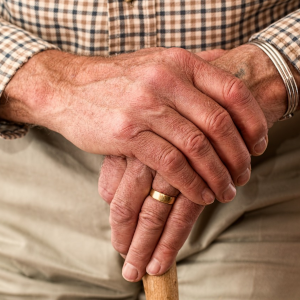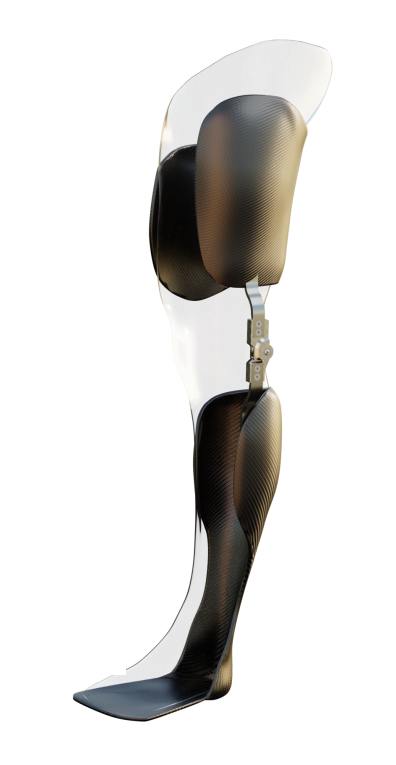Overview
A stroke, also known as a cerebrovascular accident (CVA), occurs when blood flow to a part of the brain is disrupted. This interruption can be due to a blocked blood vessel (ischemic stroke) or bleeding within the brain (hemorrhagic stroke). The lack of oxygen and nutrients damages brain tissue, leading to various neurological deficits.

Causes
Ischemic Stroke
- Caused by a blood clot or plaque buildup in a cerebral artery.
- Risk factors include hypertension, diabetes, smoking, and high cholesterol.
Hemorrhagic Stroke
- Results from bleeding into the brain due to a ruptured blood vessel.
- Hypertension and head trauma increase the risk.
Symptoms
Recognizing stroke symptoms is crucial for timely intervention:
- Sudden Weakness or Numbness: Typically on one side of the body (face, arm, or leg).
- Difficulty Speaking or Understanding Speech: Slurred speech or confusion.
- Vision Changes: Blurred or double vision.
- Severe Headache: Especially with hemorrhagic strokes.
- Loss of Balance or Coordination: Difficulty walking or maintaining balance.
The consequences of a stroke can be significant and vary depending on the type, severity, and location of the stroke. Here are some common effects:
- Physical Challenges
- Weakness or Paralysis: Stroke survivors may experience complete paralysis or weakness on one side of the body.
- Coordination Issues: Problems controlling or coordinating movements, especially in the arms and legs.
- Neglect: Some individuals may ignore one side of their body, a condition known as neglect.
- Swallowing Difficulties: Trouble swallowing food, drink, or saliva.
- Communication Challenges
- Aphasia: Stroke can lead to language difficulties, affecting speech, comprehension, and expression.
- Cognitive Problems: Issues with awareness, thinking, attention, memory, learning, and judgment.
- Emotional and Behavioral Changes
- Stroke survivors may experience mood swings, depression, anxiety, and personality alterations.
- Emotional regulation and coping abilities may be affected.
Regaining mobility
In certain cases, lower limb orthoses may help with mobility problems after stroke. They can provide stability and alignment, pain relief, compensate for the loss of sensation in the limb following a stroke. Sometimes, they may even help with swelling.
There are may kinds of orthoses, that may be used following stroke.

Summary
Stroke is a serious medical emergency that requires immediate attention. Early intervention and proper assessment are essential for optimal outcomes. Theare are a few options for individualized orthotic interventions, which may play a vital role in stroke rehabilitation. The choice of an appropriate orthotic depends on the type and severity of dysfunction. For example, KAFOs may improve mobility, prevent falls, and promote functional independence, and therefore are chosen for post-stroke patients with most severe gait disorders.
Information provided on this website is purely informative and should not be treated as medical advice. Contact a qualified clinician for medical assessment relevant to your specific case.
